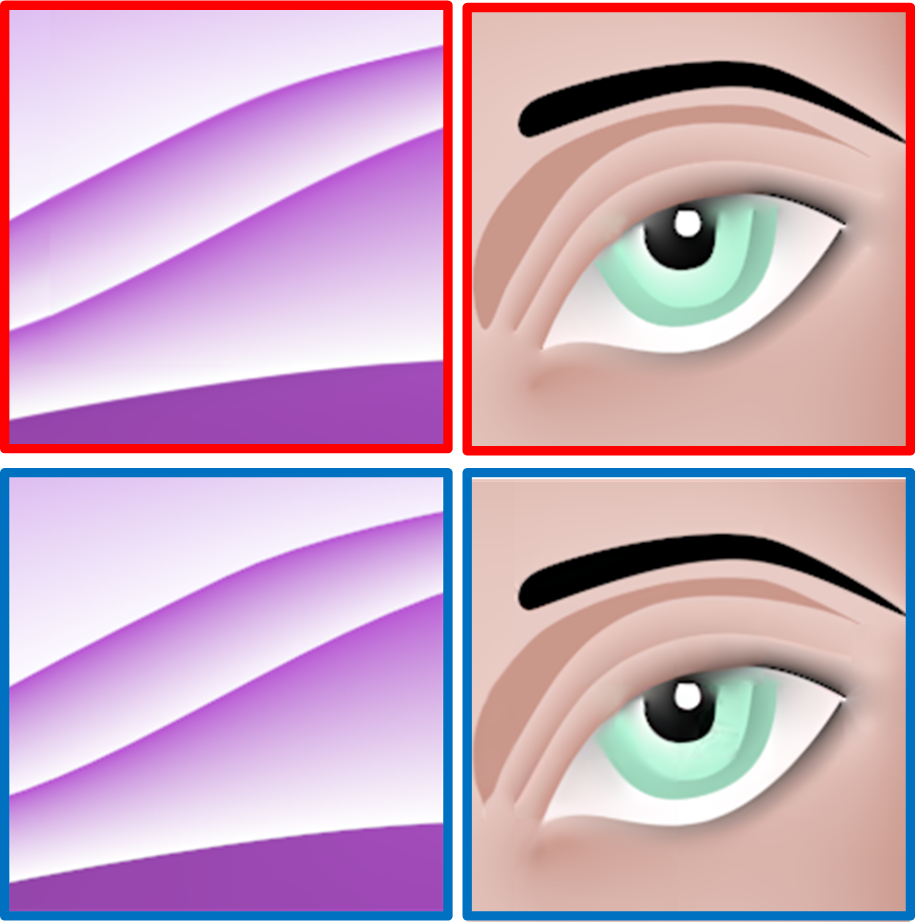
Ying Song, Jiaping Wang, Li-Yi Wei, Wencheng Wang
TOG 2015 - acceptance/presentation in SIGGRAPH 2014/2016

Raster images are the standard format for texture mapping, but they suffer from limited resolution. Vector graphics are resolution-independent but are less general and more difficult to implement on a GPU. We propose a hybrid representation called vector regression functions (VRFs), which compactly approximate any point-sampled image and support GPU texture mapping, including random access and filtering operations. Unlike standard GPU texture compression, (VRFs) provide a variable-rate encoding in which piecewise smooth regions compress to the square root of the original size. Our key idea is to represent images using the multilayer perceptron, allowing general encoding via regression and efficient decoding via a simple GPU pixel shader. We also propose a content-aware spatial partitioning scheme to reduce the complexity of the neural network model. We demonstrate benefits of our method including its quality, size, and runtime speed.
[paper] [fast-forward] [talk]